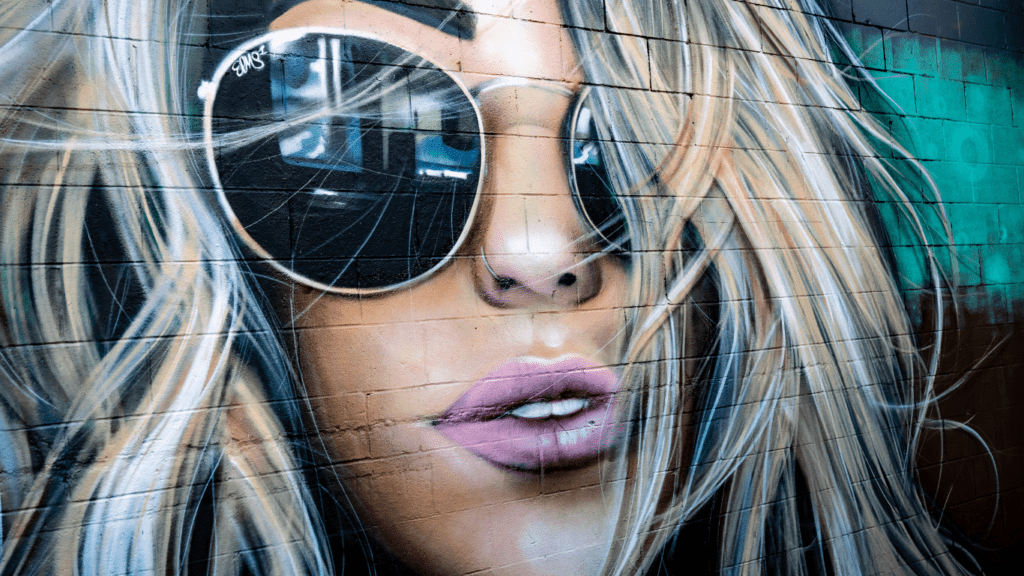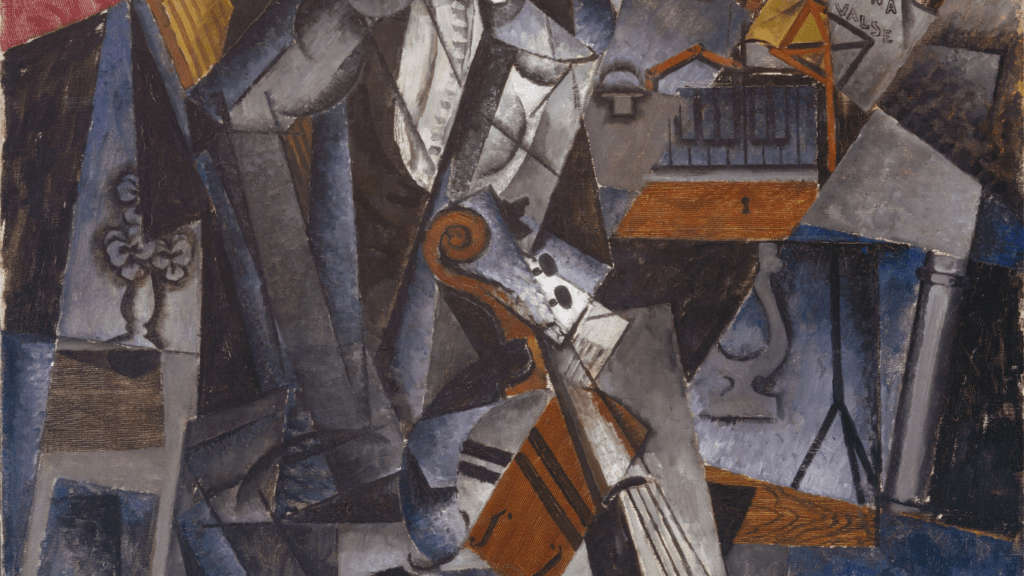Origins of Pop Art
Pop Art originated in the mid-1950s in Britain and then followed suit in the United States during the late 1950s. Rejecting traditional elitist approaches to art, this movement focused on mundane objects and mass media.
Key Artists and Movements
Several key artists drove Pop Art’s evolution.
- Andy Warhol, with his iconic Campbell’s Soup Cans and Marilyn Monroe series, epitomized the fusion of art and consumer culture.
- Roy Lichtenstein, known for his comic strip-style works like “Whaam!” and “Drowning Girl,” used Ben-Day dots to mimic printing techniques.
- Richard Hamilton, who authored “Just what is it that makes today’s homes so different, so appealing?,” is credited with producing the first true Pop Art image.
- This movement gained momentum through group exhibitions like the “This Is Tomorrow” show in London, where artists collectively showcased their groundbreaking works.
Cultural Context
Economic prosperity and technological advancements characterized the 1950s and 60s. Mass-produced goods and advertising became pervasive, forming fertile ground for Pop Art’s inception. Television and print media proliferated, influencing public perception and values. Pop Art mirrored these societal changes, offering both critique and celebration of consumer culture. The movement became intertwined with the rise of celebrity culture, as seen in Warhol’s fascination with famous personalities. Pop Art thus resonated deeply with a generation coming to terms with new forms of visual and consumer experiences.
Pop Art in the 1960s
Pop Art reached its peak in the 1960s, fundamentally altering the perception of art and its relationship to popular culture. By breaking down barriers between high and low culture, Pop Art reflected the social and economic changes of the decade.
Influential Works
Several works became iconic during this period. Andy Warhol’s series, “Marilyn Diptych,” created in 1962, featured repeated images of Marilyn Monroe, combining bright colors with a stark black-and-white palette. Roy Lichtenstein’s “Whaam!” (1963) drew from comic books, using Ben-Day dots to mimic printing techniques. In Claes Oldenburg’s “Floor Burger” (1962), everyday objects became monumental sculptures, challenging the traditional art forms. These works influenced advertising, film, and fashion.
Reactions and Criticisms
Pop Art faced mixed reactions and sparked debate. Supporters praised its embrace of consumer culture and democratization of art. Critics argued it lacked depth and originality, accusing artists of merely mimicking commercial art. Intellectuals questioned if the movement commodified art. While divergent in opinions, these discussions underscored Pop Art’s undeniable impact on society.
Pop Art’s influence in the 1960s reshaped cultural landscapes, reflecting and molding popular culture.
Pop Art’s Influence on Fashion

Pop Art’s blend of high and low culture resonated deeply in the fashion world. Designers drew inspiration from the vibrant visuals and themes of Pop Art, leading to revolutionary changes in fashion aesthetics.
Iconic Designers
Several designers stand out for incorporating Pop Art aesthetics into their collections. Yves Saint Laurent introduced his Mondrian collection in 1965, featuring bold geometric patterns and primary colors. Vivienne Westwood, known for her punk-inspired designs, often incorporated Pop Art elements like exaggerated prints and playful imagery. Another key figure, Mary Quant, embraced Pop Art principles by creating youthful, brightly colored clothing that mirrored the movement’s playful spirit. These designers embraced the boldness and irreverence of Pop Art, making it a defining feature of their work.
Stylistic Trends
Pop Art’s influence extended beyond individual designers and permeated stylistic trends in fashion. Bright colors, graphic prints, and oversized motifs became hallmarks of the Pop Art fashion era. The use of synthetic materials like vinyl and plastic further reflected the movement’s embrace of consumer culture. Fashion magazines of the 1960s and 70s, showcasing Pop Art-inspired looks, helped popularize these trends. The emphasis on accessibility and mass production in fashion paralleled the themes of Pop Art, making high fashion more approachable and dynamic.
Pop Art and fashion intersected to create a vibrant visual language that still influences contemporary designs. The movement’s lasting impact on fashion continues, reflecting a seamless blend of art and everyday life.
Pop Art in Advertising and Media
Pop Art had a profound impact on advertising and media by reshaping visual strategies and enhancing cultural appeal.
Advertising Campaigns
Pop Art revolutionized advertising campaigns by introducing vibrant imagery and consumer-friendly themes. Advertisers adopted the bold colors and graphic styles of Pop Art to create memorable, eye-catching ads. For instance, Coca-Cola and Campbell’s Soup integrated Pop Art aesthetics to connect with consumers. These campaigns used repetition and familiar imagery, aligning commercial products with art. By bridging the gap between art and commerce, Pop Art helped ads stand out and become part of popular culture.
Television and Film
- Television and film embraced Pop Art’s distinct visual language to create engaging content.
- TV shows, like “Batman” (1966-1968), adopted Pop Art elements, featuring bright colors, comic strip aesthetics, and onomatopoeic graphics. These elements combined to captivate viewers and provide a unique viewing experience.
- Films like “Blow-Up” (1966) and “A Clockwork Orange” (1971) incorporated Pop Art through set designs and thematic elements.
- Directors used this style to challenge norms, offering audiences fresh, thought-provoking perspectives on contemporary issues.
- Pop Art’s influence in television and film continues to resonate, pushing creative boundaries and shaping modern media.
Legacy of Pop Art in Contemporary Culture
Pop Art’s influence persists, pervading various facets of today’s cultural landscape.
Modern Influences
Modern art forms, including digital media and graphic design, show clear traces of Pop Art. Artists incorporate bright colors, bold lines, and commercial imagery, similar to 1960s Pop Art. For example, street art by creators like Banksy integrates satirical elements, echoing Pop Art’s critique of consumerism. Contemporary fashion designers draw inspiration from Pop Art, utilizing graphic prints and vivid colors in collections. Designers like Jeremy Scott have showcased Pop Art motifs in runway shows, merging high fashion with everyday aesthetics.
Ongoing Relevance
Pop Art remains relevant, influencing current media and entertainment. Music videos leverage Pop Art’s style to create engaging visuals, as seen in works by artists like Lady Gaga. Movies and TV shows use Pop Art-inspired sets and costumes to captivate modern audiences. Retail brands continue using Pop Art aesthetics in advertising, ensuring a strong consumer connection. Museums and galleries frequently host Pop Art exhibitions, highlighting its historical significance and ongoing impact.





